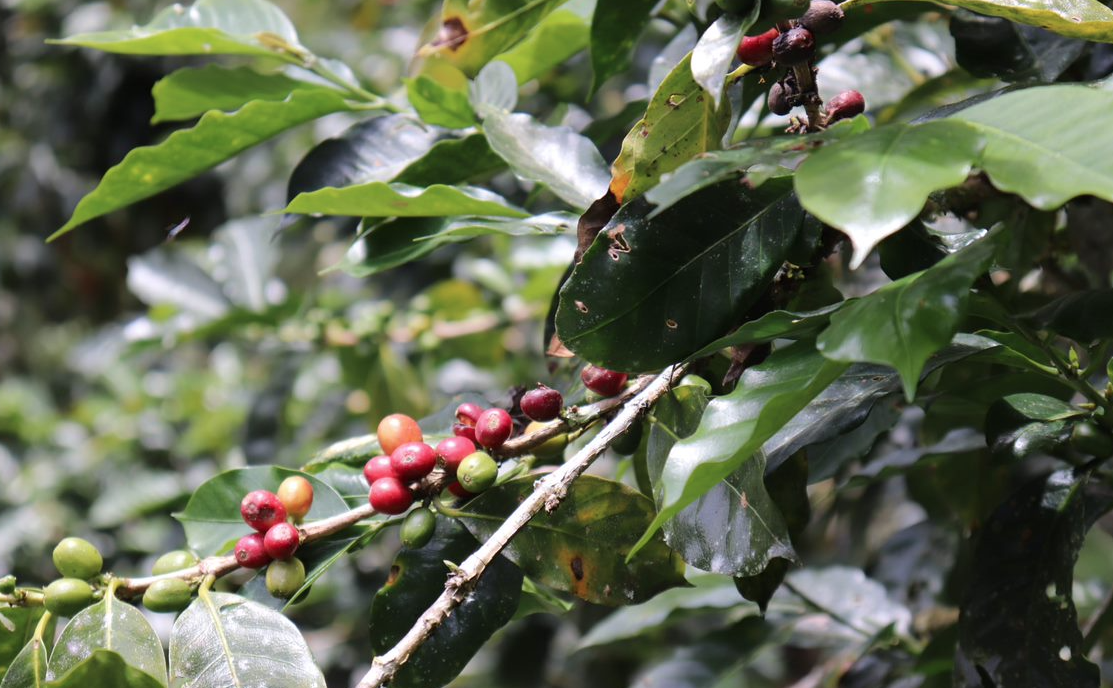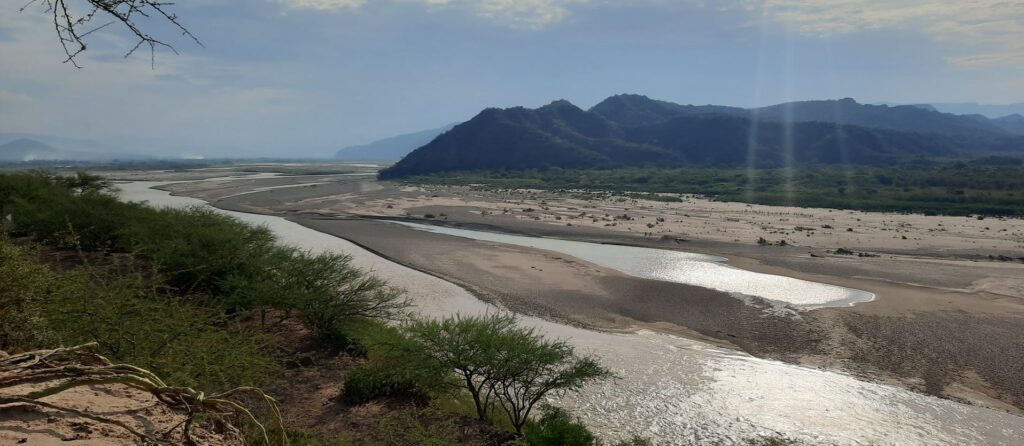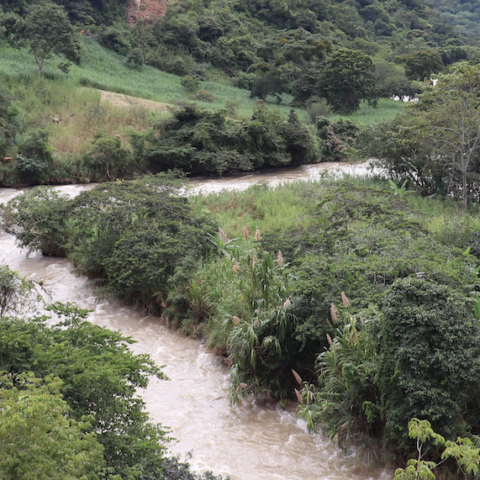The catchment of the river Mayo-Chinchipe is located on the border between Ecuador and Peru. This river rises in Ecuador, in the Andes Mountains, and flows through páramo, a tropical wetland ecosystem at high altitude. Then it runs through forests before flowing into the tropical rainforest in the 6,400-kilometre-long Amazon. That makes the Mayo-Chinchipe a source of one of the most important rivers in the world.
The páramo in the Ecuadorian part of the catchment area is known as the sponge of the Andes. It consists of lakes, peat, grasses and mosses that together retain a lot of water. But the ecosystem is threatened by intensive livestock farming: when páramo is trampled by cows, powerful greenhouse gases are released. This is also the case when zones are reclaimed for agriculture.
On the Peruvian side, the negative effects of coffee cultivation are the main threat to the catchment area. For this, precious forests and tropical forests are cut down and harmful pesticides and fertilisers pollute water resources, as well as the soil.
A management plan has been discussed between the two countries, but Peru has not endorsed the plan.

What we do
Together with the organisation Protos Andes (Ecuador), NCI (Ecuador/Peru) and the universities of Loja (Ecuador) and Jaén (Peru), we are setting up initiatives for the sustainable management of the catchment area. A selection of our activities:
- We protect the páramo by providing strips that prevent agricultural activities.
- We protect source areas that feed the Mayo-Chinchipe and restore degraded areas.
- We reforest. Trees make it easier for water to penetrate the soil.
- We promote agroforestry, an agricultural technique in which not only crops but also trees are planted. They keep nutrients and water in the soil.
- We are looking for solutions to limit grazing land for livestock.
- We’re taking a closer look at the binational management plan and making requests to the Peruvian government to ratify it, which has not happened to date.
These initiatives are part of a broader program in Peru and Ecuador that aims to keep clean and sufficient water available for people and nature alike. Efforts are being made to protect water resources, access to drinking water, and water for food production.




